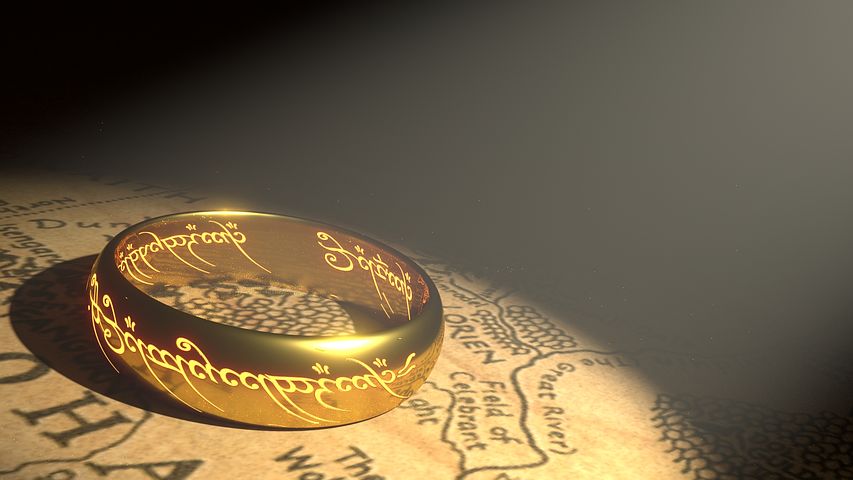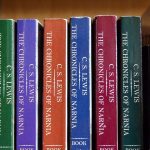 EPISODE SUMMARY:
EPISODE SUMMARY:
In season 3 episode 9 of the Eudo Podcast, Dr. Paul M. Gould expounds on J.R.R. Tolkien’s “An Essay on Fairy-Stories.” In this essay, Tolkien sets out to answer three questions about fairy stories: What are fairy stories? What is their origin? What are their uses and value? Let’s unpack Tolkien’s essay and see what we might discover.
EPISODE NOTES:
What, according to Tolkien, are fairy stories?
Here is Tolkien’s some-what cryptic answer:
“Fairy-stories are . . . stories about Fairy, that is . . . the realm or state in which fairies have their being. Faerie contains many things besides elves and fays, and besides dwarfs, witches, trolls, giants, or dragons: it holds the seas, the sun, the moon, the sky; and the earth, and all things that are in it: tree and bird, water and stone, wine and bread, and ourselves, mortal men, when we are enchanted.”
So, fairy stories are about Faerie—that “Perilous Realm” that has many ingredients. These ingredients include the magical or supernatural, love-at-first-sight, the fight between good and evil, quest or adventure for treasures or fame or both, the glory and foolishness of man, ancient customs, legends, and relics, the escape from death, and as we shall see, the happy ending. Moreover, fairy stories explore certain “primordial human desires” according to Tolkien.
So, what is the chief value of fantasy or fairy-story, according to Tolkien?
Here Tolkien famously argues that fairy stories provide recovery, escape, and consolation.
First recovery. In recovery, we begin to see things and delight in them (including the people around us) as Jesus does. Fantasy helps us to see “the wonder of things.” Fantasy helps us see clearly that which is right in front of us. The problem, according to Tolkien, is that when we think we know something, we cease to look at it; he acquire it and then grab onto it, and then lock it away, never really looking at it again.
Second, Escape. Tolkien calls the escape offered by Fairy stories “heroic.” Why is it heroic, and not a kind of desertion? The answer, according to Tolkien, is this: life in the primary world is hard; it is full of pain, toil, trial, temptation, suffering and death. Sometimes it is healthy, heroic even, to seek a moment of relief from the cruelty of the world. In this sense, the escape to a certain kind of Secondary World (Worlds like the Fantastical World that have the inner consistency of reality) is heroic.
Finally, fairy stories offer consolation. The consolation of fairy stories is the joy of “the Happy Ending”; fairy stories are good catastrophe, what Tolkien calls “Eucatastrophes.” In these sudden joyous turns (for as Tolkien says there is no true ending to fairy stories), we get “a piercing glimpse of joy,” a moment of exhale where all is as it should be, and our hearts deepest desires are satisfied, even if only for a moment. And provocatively, this experience of joy is something more: it is “a far-off gleam or echo of evangelium in the real world.”
So, according to Tolkien, we all long for a certain kind of story, a fairy story, and the reason why is that these stories point us to an underlying reality that is more real than the primary world of our experience.
CONCLUDING REMARKS:
In the epilogue, Tolkien asks, what about the gospel story? Is the gospel just one more good story that points to some deeper reality, a reality more real than the world of our primary experience? The gospel is different. It is, a fairy-story. But with this key difference: It is not one more story that points to some deeper reality; rather the gospel is the true story of the world. And in this true story of the world, we find the point of fairy stories, indeed, I think, the point of all good stories: Jesus. Because of Jesus—and his Incarnation and Resurrection—the gospel is true; it really happened.
RESOURCES MENTIONED:
- J.R.R. Tolkien, “On Fairy Stories”




